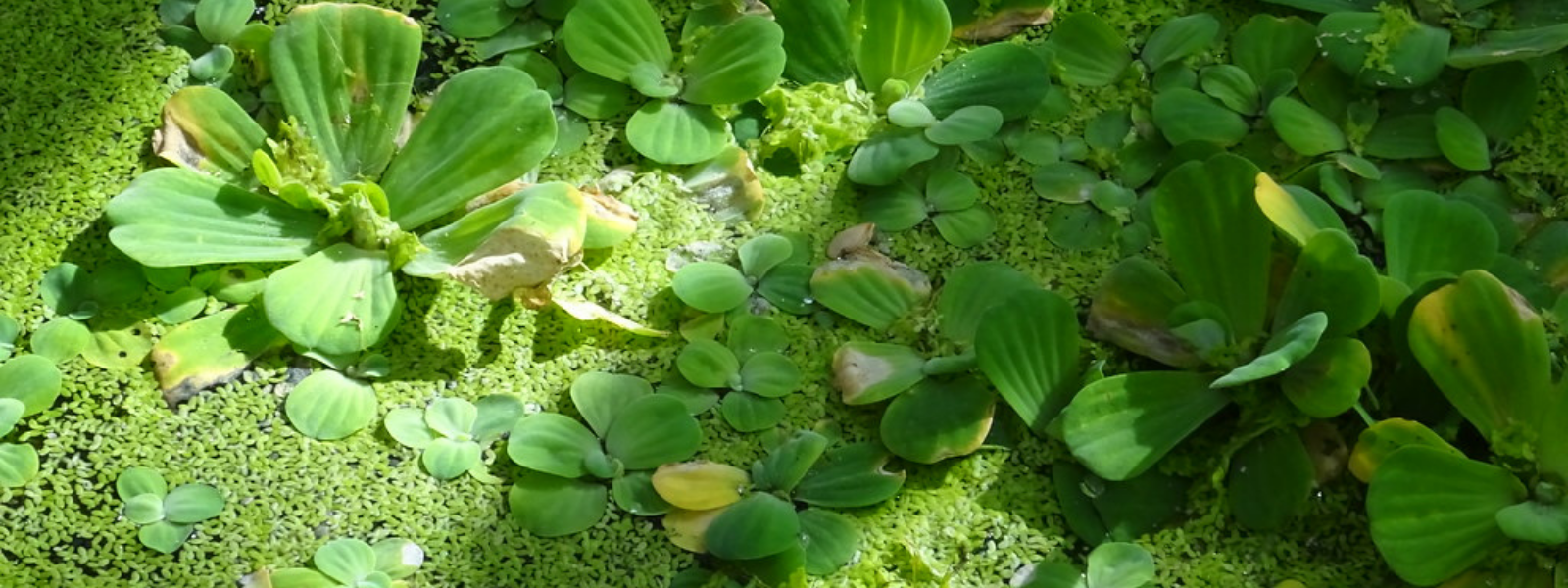
Common Name
Water Lettuce, Nile Cabbage, Water Lily
Scientific Name
Pistia stratiotes
Family
Araceae
Lifecycle
Perennial
Seasons of Growth
Year-round
Key Distinguishing Feature
Free-floating aquatic plant with rosette-like leaves
Growth Form: Water Lettuce consists of rosettes of leaves that float on the water's surface, connected by short stems. It forms dense clusters or mats.
Leaves: The leaves are light green to pale green, and they are slightly waxy in appearance. They are deeply ribbed and resemble the leaves of lettuce or cabbage, which gives the plant its common name.
Flowers: Water Lettuce produces small, inconspicuous flowers that are often hidden among the leaves.
Roots: The roots dangle beneath the water's surface, providing buoyancy and absorbing nutrients.
Reproduction: Water Lettuce reproduces vegetatively through daughter plants that develop at the base of mature rosettes.
Ecological Impact:
- Water Lettuce is considered invasive in many regions outside its native range (parts of South America and Central America). It can form dense mats on the water's surface that block sunlight and reduce oxygen levels, which can have detrimental effects on aquatic ecosystems.
- These mats can also hinder water flow, navigation, and recreational activities.
Control Methods:
- Control of Water Lettuce often involves a combination of mechanical, chemical, and biological methods.
- Mechanical methods include the physical removal of the mats from the water's surface.
- Herbicides may be used for control, but care must be taken to use them safely and effectively, following local regulations.
- Biological control measures, such as introducing herbivorous fish or insects, are sometimes used to manage Water Lettuce populations.
- Preventing the spread of Water Lettuce through contaminated water equipment and taking early action to control small infestations are crucial for effective management.
Water Lettuce is a highly invasive aquatic plant that requires active management to prevent its spread and protect native aquatic ecosystems and water infrastructure. Local environmental agencies often provide guidance on the best control practices for this invasive species.




